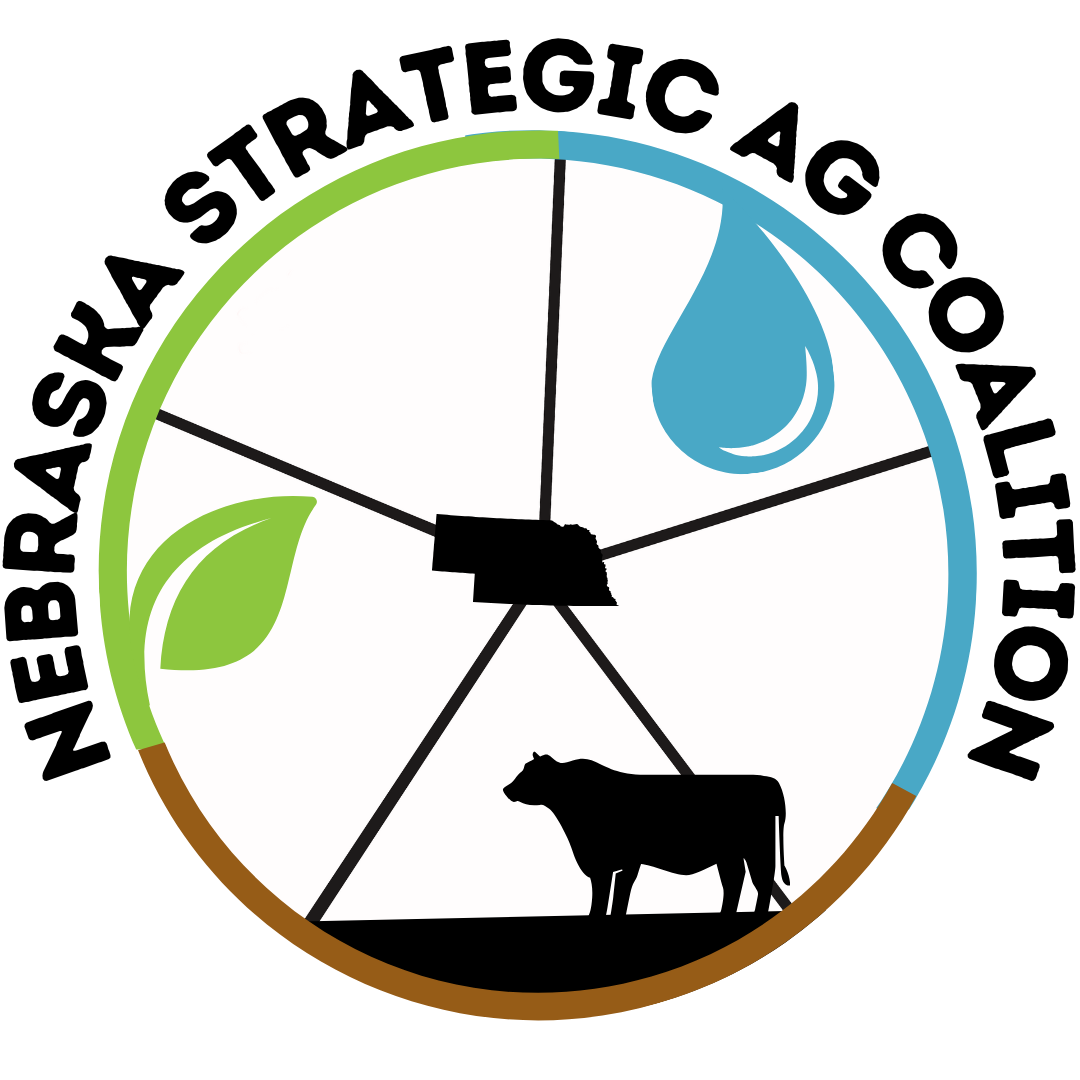Soil Health: Principle 5 of 5 – Livestock Integration
Animals, plants and soils have played a synergistic role together over geological time. In recent years, animals are playing a reduced role due to being placed in confinement and fewer farms now include livestock as part of their overall operation.
Why do we want to return livestock to the landscape?
- Balanced carbon/nitrogen ratio: Fall or winter grazing to convert high-carbon annual crop residue to low-carbon organic material balances the carbon/nitrogen ratio and manages our crop rotation residue for no-till seeding
- Better regrowth: Spring or summer grazing annual and/or perennial plants with short exposure periods followed by long recovery periods allows the plants to regrow and harvest additional sunlight and CO2
- Reduced nutrient export: In lieu of transporting feed to a feedlot, we can reverse the roles and have the livestock graze the material in place, reducing nutrient export from our cropland and hayland fields. This recycles the majority of nutrients, minerals, vitamins and carbon
- Managed weed pressure: Grazing in lieu of an herbicide helps manage weed pressure
- Higher nutritional diet: Grazing cover crops and/or crop residues allow us to take the livestock off the perennial grasslands earlier in the fall, extending the grass recovery period and providing a higher livestock nutritional diet
- Reduced livestock waste: Grazing reduces livestock waste associated with confinement, helping manage our water quality and nutrient management concerns
How do we return livestock to the landscape?
- Winter and fall grazing cover crops and annual crop residues
- Summer grazing a full season cover crop, allowing adequate plant recovery, followed by a second grazing during the fall or winter
- Winter feeding on hay land fields by rolling out bales or bale grazing
- Seed rotational perennials, graze and manage as part of the crop rotation
Used With permission: Credit Menoken Farm & Jay Fuhrer
